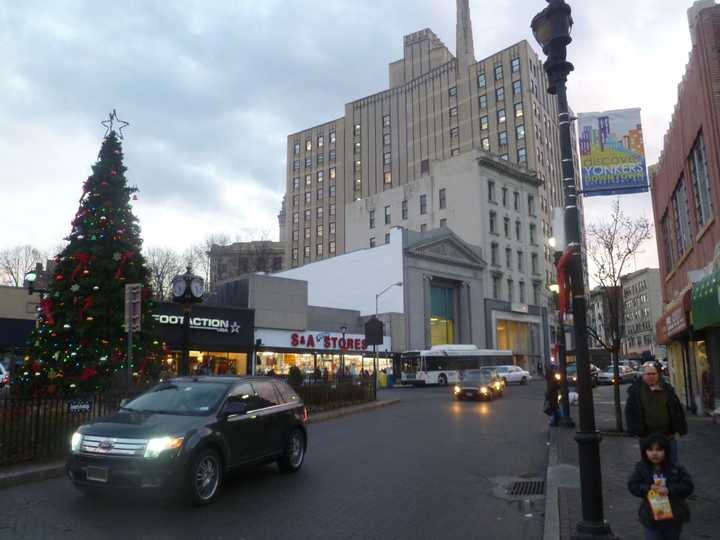YONKERS, N.Y. – Yonkers is eying a historic designation for its downtown, a title that could open the door to millions of dollars in tax credit opportunities.
The Yonkers Business Improvement District and the City Council’s Committee on Smart Growth, Environmental and Historic Preservation hosted a pair of state officials Tuesday to discuss the benefits of creating a Downtown Historic District.
Daniel McEneny, a representative of the state’s Historic Preservation Office, told the council that placing the region on the National Register of Historic Places would give developers access to significant state and federal tax credits for the rehabilitation of historic commercial structures.
“There is a mass of money out there, but as long as these buildings remain undesignated, we have no way of unlocking money for the city of Yonkers,” he said.
The proposed downtown region would include buildings that make up the “historic core” of Yonkers’ commercial development, officials said.
Under the tentative boundaries, which are still under discussion, the district would begin at Nepperhan Avenue and continue along Riverdale and Warburton Avenues just beyond Phillips Manor.
On the east side, the boundary would run just beyond North and South Broadways, creating a jagged rectangle, which includes Getty Square, and designates the area as Yonkers’ historic downtown area.
If approved, the commercial businesses in the area that meet the criteria for historical designation would be eligible for up to 40 percent in tax credits – 20 percent state and 20 percent federal – for the cost of a rehabilitation project.
McEneny said the program has been used in places like Buffalo and Syracuse to great success.
“Frankly, you’re very behind the curve when it comes to other cities,” McEneny said. “In the city of Buffalo, millions and millions are being funneled into underutilized and vacant buildings.”
Tuesday’s discussion continues a debate over a downtown historic district that began years ago but was put off by City Hall because developers were apprehensive about what land marking would mean for their projects, city officials said.
And there are still some who fear being named to the National Register may lead to restrictions on what can be done to their property.
Julian Adams, a community liaison officer for the state’s Historic Preservation Office, said that is a common misconception as people often confuse national designation with the local historic register.
The national register is a hands-off approach, he said, and does not have nearly as many restrictions as the local designation does.
“We are an honor program that recognizes and records historic resources,” he said. “That’s all we do. And by virtue of that, it allows entry into certain benefit and incentive programs.”
Moving forward, the plan for a historic downtown Yonkers will have to be officially sponsored and boundaries agreed upon.
Once that happens, the plan will be put up for a vote before property owners. Fifty-one percent will have to give their support, along with Mayor Mike Spano and the Yonkers Landmarks Preservation Board, before the area can be placed on the National Register.
Click here to follow Daily Voice Yonkers and receive free news updates.

